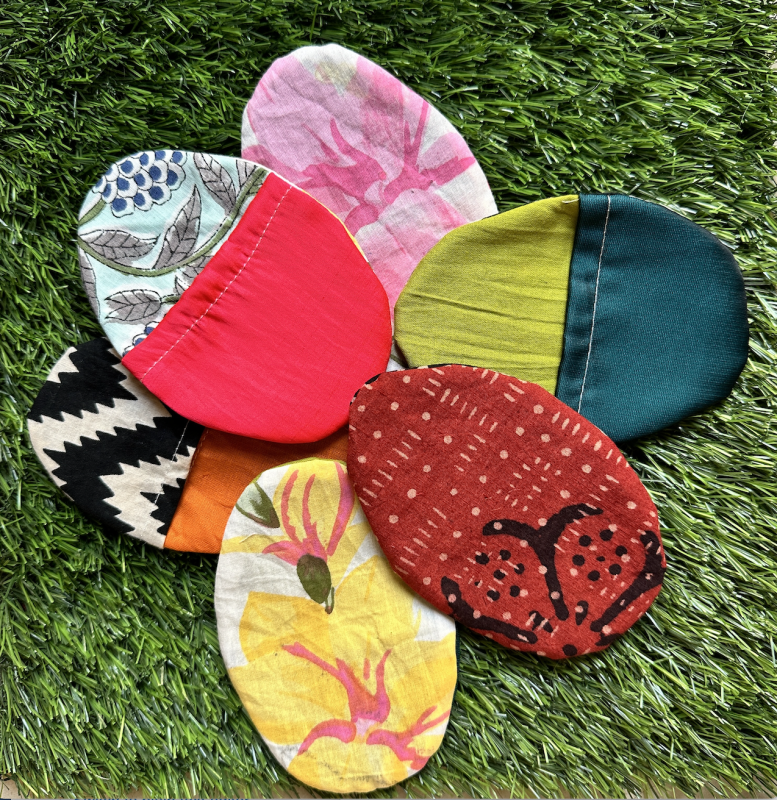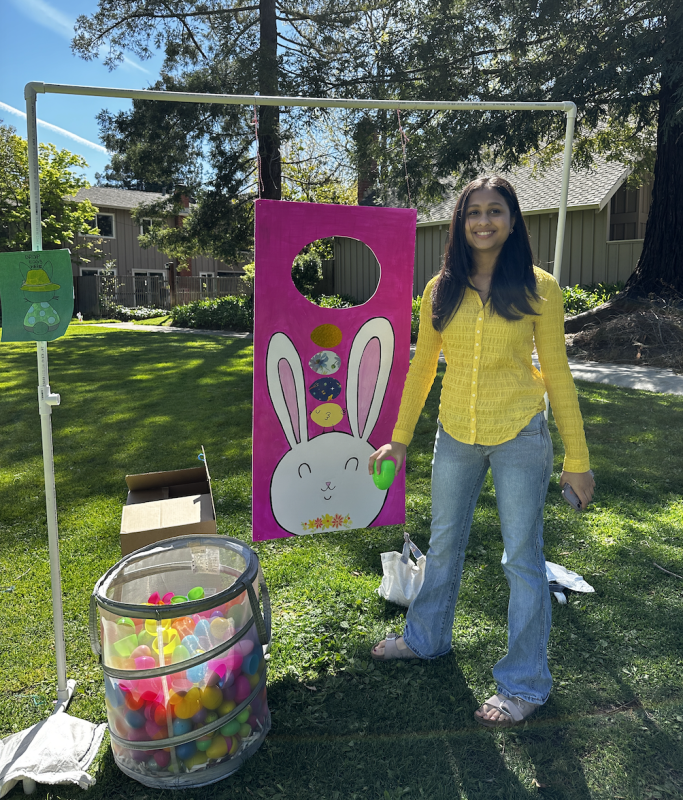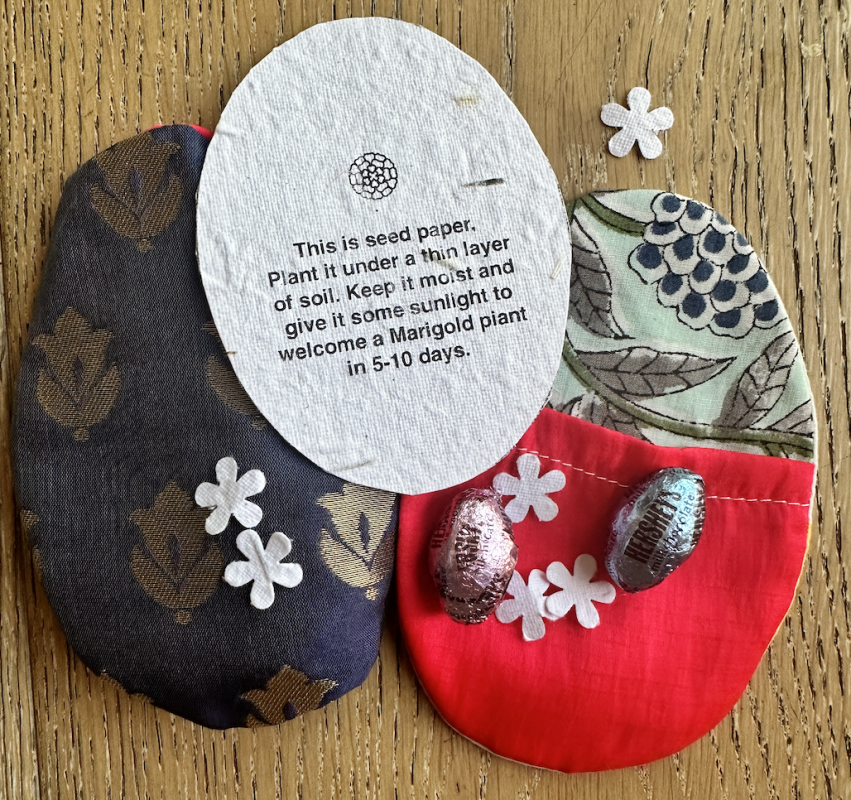 As a child, I joined my mother in town-home community meetings, helping organize events like Easter celebrations and summer picnics. Now a key member of the events committee, I actively contribute to the annual Easter Egg hunt.
As a child, I joined my mother in town-home community meetings, helping organize events like Easter celebrations and summer picnics. Now a key member of the events committee, I actively contribute to the annual Easter Egg hunt.
Every year, the events committee purchases more than three hundred plastic eggs to ensure each participating child receives a fair share. Unfortunately, this tradition of sending kids home with eggs results in a cycle of unnecessary purchases, contributing to wastefulness.
This issue is not confined to just my neighborhood but extends worldwide. An example is Beluer Industries, which reached its peak in the 2000s by selling 250 million plastic eggs annually. The production has only escalated over time as countries seek to produce more eggs at a cheaper cost.
To start and address this problem from its grassroots, I developed a plan to collect and reuse the eggs in the following years to promote sustainability.
In the initial year, our idea was to allow the kids to take home the eggs to have them return later. I designed posters and set up pickup stations, but unfortunately, only a few were returned. The lesson was clear: retrieval had to be immediate.
 In the subsequent year, I introduced "egg catcher stations" and engaging games to encourage the kids to return their eggs. For the younger kids, I revamped an old basketball hoop, while the older ones enjoyed a ring toss to return their eggs.
In the subsequent year, I introduced "egg catcher stations" and engaging games to encourage the kids to return their eggs. For the younger kids, I revamped an old basketball hoop, while the older ones enjoyed a ring toss to return their eggs.
To further motivate the participants, I created eco-friendly surprises like paper carrots filled with candy. The outcome was immensely satisfying; we successfully retrieved all the plastic eggs, and the children eagerly continued to participate each year. Although we considered using eco-plastic eggs, budget constraints led us to believe it would not be a scalable solution.
Learning from this experience, my goal next year is to refine my plan by eliminating the use of plastic eggs. Inspired by various cultures like the Korean textile technique Pojagi and the Indian quilting method 'Godhadi', I took inspiration and used discarded fabric to upcycle and create something new.
After discovering a tutorial on YouTube for creating fabric eggs without additional materials like buttons or Velcro, I embarked on a mission to source discarded fabric.
 During a holiday visit to India, I connected with local tailor shops, who generously contributed their excess fabric scraps. Each evening, I diligently collected more material until I had enough to create a prototype.
During a holiday visit to India, I connected with local tailor shops, who generously contributed their excess fabric scraps. Each evening, I diligently collected more material until I had enough to create a prototype.
Carefully selecting colors and patterns, I gathered help and worked on stitching the fabric eggs. While upcycling discarded fabric proved time-consuming, it encourages a shift towards more conscious and responsible behavior.
To enhance the eco-friendliness of the eggs, I decided to fill the eggs with candy and seed paper instead of plastic toys.
Through ongoing refinement, my objective is to gradually transition our events towards greater environmental friendliness. With my determination and willingness to think outside the box, I have created lasting traditions that resonate with our values and leave a positive impact on my community.
About the Writer: Anuvaa Joshi is a high school junior and part of her townhome community's committee that organizes Easter Egg hunts for kids. She is passionate about exploring sustainable alternatives, involving the community, and ensuring a positive impact on our local environment.






